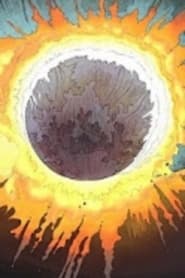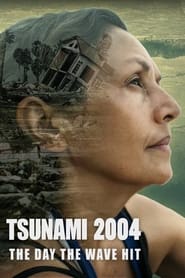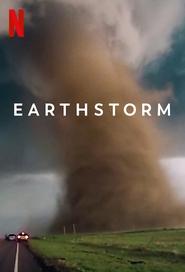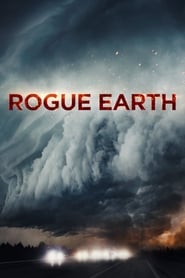BOSAI: Science that Can Save Your Life - Season 1 Episode 4 Long-period Ground Motion and A New Threat
In the 2011 Great East Japan Earthquake, high-rise buildings in Tokyo's Shinjuku district, some 400 kilometers away from the epicenter, continued to sway significantly for 13 minutes. This is thought to have occurred when the high-rise buildings experienced resonance from the earthquake's "long-period seismic motion." Furthermore, in the 2016 Kumamoto earthquakes, a type of motion called a "long-period pulse" was recorded for the first time in Japan, presenting a new challenge for earthquake countermeasures. In addition to examining these types of earthquake motion, we'll also look at the effects of earthquakes on buildings and explore ways to save lives.
First Air Date: May 01, 2020
Last Air date: Feb 22, 2025
Season: 1 Season
Episode: 50 Episode
Runtime: 15 minutes
IMDb: 0.00/10 by 0.00 users
Popularity: 18.714
Language: English, Japanese
Season
Season 1
Episode
Tsunami
Urban Flooding
Urban Windstorms
Long-period Ground Motion and A New Threat
Localized Torrential Rain
Debris Flows
Mt. Fuji's Threat to Tokyo
Heatstroke
Home Flooding
Tornadoes
Post-earthquake Fire
Avalanches
Lightning
Soil Liquefaction
PM2.5
Tsunami Prediction
Human Stampede
Disaster Response Robots
Phreatic Eruptions
Linear Rainbands
Road Cave-ins
Solar Flares
Typhoon Forecasting
Storm Surges
Heavy Snow
Landslides
Quake-resistant Skyscrapers
Tsunami Observation
River Flooding
Fire Tornadoes
Lava Flows
Large-Scale Blackouts
Active Faults
Ensuring a Safe Journey in Japan
Droughts
Wildfires
Tokyo Metropolis
Osaka Metropolis
Emergency Food
Tsunami Evacuation
How to Survive an Earthquake
How to Survive a Flood
Drone Disaster Management
Send in the Robot Fire Brigade!
Safety Tips for Hiking in Japan
Digital Twin
Scientists on a Quest to Control Typhoons
Uncovering the Mysteries of Winter Lightning
Phase Free - Disaster Preparedness in Everyday Life
For Safe Travel Through Snowy Regions























